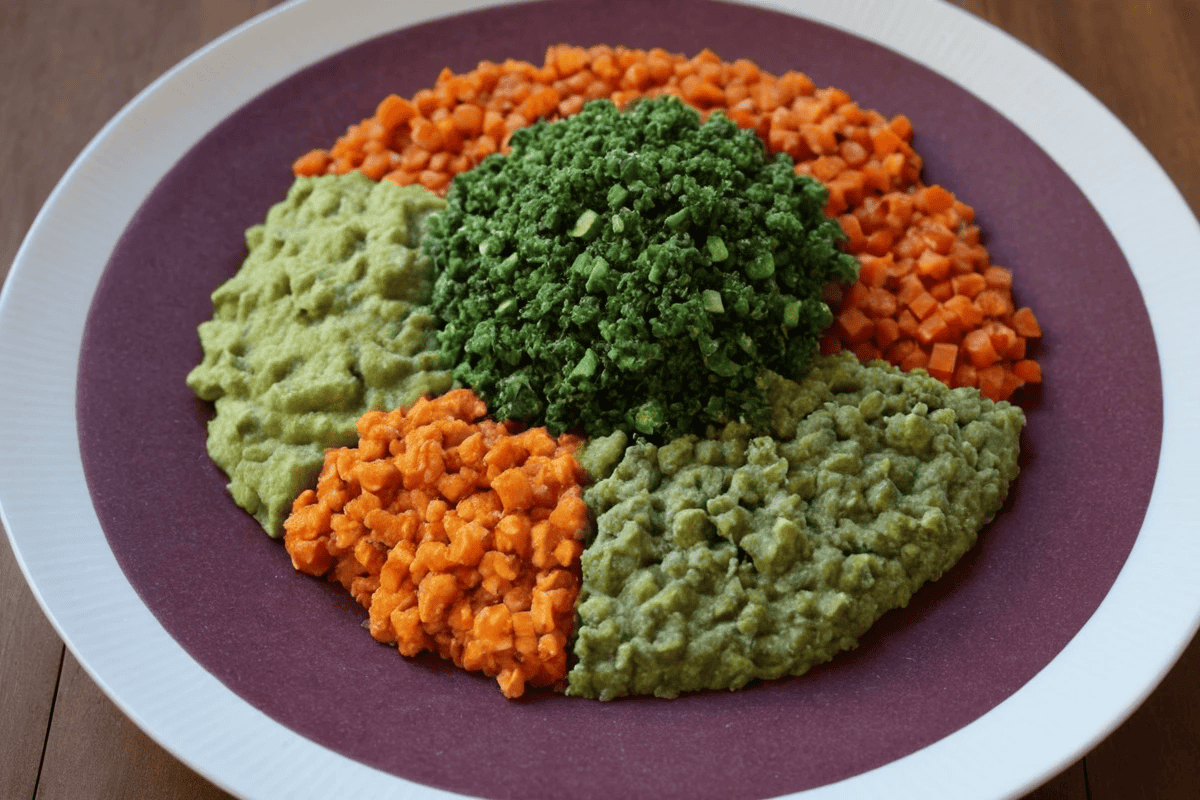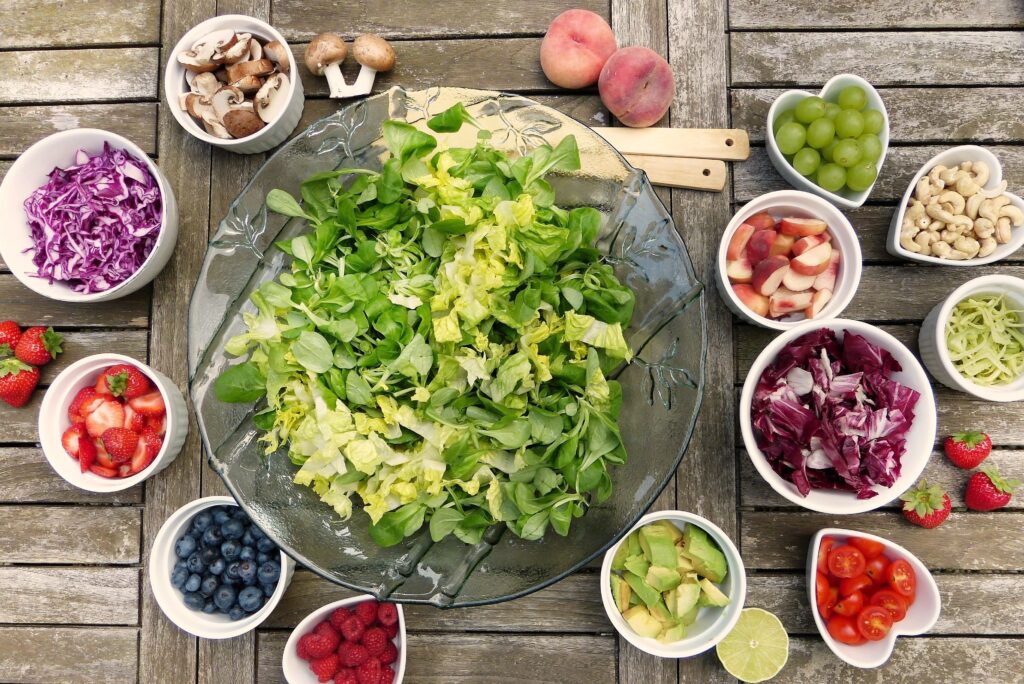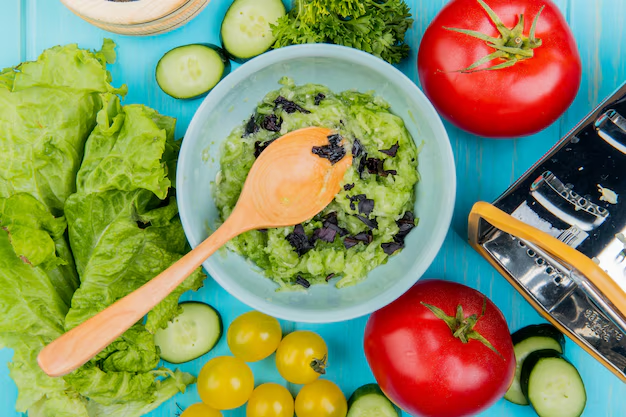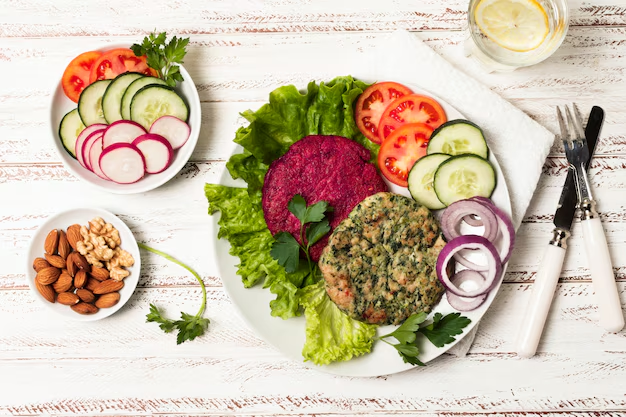Eating vegetarian raw food recipes is a growing trend that combines the health benefits of a plant-based diet with the power of uncooked ingredients. In this guide, we will explore the nutritional benefits of a raw food diet, share essential vegetarian raw food recipes, and answer common questions about making the transition to a raw food lifestyle.
Understanding Vegetarian Raw Food Recipes
Vegetarian raw food refers to a diet where no animal products are consumed, and all food is eaten in its natural, uncooked state. The idea behind this diet is that cooking can destroy or reduce the nutrients in food, which is why raw food enthusiasts aim to preserve the natural vitamins, minerals, and enzymes present in fresh ingredients.
The raw food movement has been around for decades, but it has gained significant traction in recent years due to increasing awareness of its health benefits. By focusing on whole, plant-based foods like fruits, vegetables, nuts, seeds, and grains, this diet can provide a variety of nutrients that support overall health.
To get started with raw food, it’s helpful to have some guidance. For example, raw food books like “The Complete Book of Raw Food, Volume 1” offer a wealth of recipes and tips for beginners. Check out this resource for more information on raw food recipes.
Health Benefits of a Raw Food Diet
A raw food diet offers a variety of health benefits that go beyond just weight loss. Here are some of the key advantages:
- Increased Nutrient Intake: Since raw food is not cooked, it retains more vitamins and minerals. Foods like leafy greens, berries, and avocados are packed with nutrients essential for a healthy body.
- Better Digestion: Raw foods contain enzymes that help with digestion, allowing your body to absorb nutrients more efficiently. This can lead to improved gut health.
- Weight Management: Many raw food recipes are low in calories but high in fiber, helping you feel fuller for longer and potentially aiding in weight loss.
For more insights into incorporating raw foods into your lifestyle, “Choosing Raw: Making Raw Foods Part of the Way You Eat” is an excellent resource to explore. Learn more here.
By sticking to plant-based, uncooked foods, a vegetarian raw food diet can lead to long-term health improvements. However, it’s important to understand that like any diet, balance is key.
Common Misconceptions and Challenges
While the raw food diet has numerous benefits, there are a few misconceptions to address:
- Myth 1: Raw food is difficult to prepare. In reality, preparing raw vegan recipes can be as simple as chopping vegetables or blending a smoothie.
- Myth 2: It’s hard to get enough protein on a raw food diet. Many plant-based sources of protein, such as nuts, seeds, and lentils, can easily be incorporated into raw meals.
- Myth 3: The raw food diet is restrictive. While it may seem limiting, there are a wide variety of raw food recipes that can add diversity to your meals, from smoothies to raw vegan sushi.
One of the common challenges people face when transitioning to a raw food diet is making sure they get all the essential nutrients. Learning how to sprout, soak, and dehydrate foods can help overcome these issues and provide a balanced diet.
Essential Ingredients for Raw Food Preparation
To prepare delicious vegetarian raw food recipes, you’ll need a selection of fresh ingredients that are rich in nutrients. Here are some staples to include in your kitchen:
- Fruits: Bananas, apples, berries, and citrus fruits provide essential vitamins and antioxidants.
- Vegetables: Leafy greens, carrots, zucchini, and tomatoes are perfect for creating salads and wraps.
- Nuts and Seeds: Almonds, chia seeds, and flaxseeds are excellent sources of protein and healthy fats.
- Grains and Legumes: Consider adding quinoa, sprouted lentils, and buckwheat to your meals for added texture and nutrition.
These ingredients will serve as the foundation of your raw food recipes and can be combined in countless ways to create filling, nutrient-dense meals.
Basic Techniques in Raw Food Preparation
Preparing raw food may seem intimidating at first, but once you master a few key techniques, it becomes much easier. Here are some tips to get you started:
- Soaking: Soak nuts, seeds, and grains to make them easier to digest and activate enzymes.
- Sprouting: Sprouted seeds and beans add extra nutrients and can be used in salads, smoothies, and wraps.
- Dehydrating: This technique removes moisture from food while preserving nutrients. It’s perfect for making raw crackers, granola, and fruit leathers.
- Blending: A high-speed blender is essential for making smoothies, raw soups, and dressings.
With these simple techniques, you can create a wide variety of raw vegetarian dishes that are both satisfying and nutritious.
Sample Raw Food Recipes
Here are a few vegetarian raw food recipes to help you get started on your raw food journey:
Breakfast: Chia Seed Pudding with Mixed Berries
This simple, nutrient-packed breakfast is a great way to start your day. Mix chia seeds with almond milk and let it set overnight. In the morning, top with fresh berries and a drizzle of honey for added sweetness.
Lunch and Dinner: Zucchini Noodles with Avocado
Spiralize zucchini to create “noodles” and toss with a creamy avocado pesto sauce made from fresh basil, garlic, olive oil, and lemon juice. This dish is light, refreshing, and packed with healthy fats and fiber.
Snacks: Raw Energy Bars
Combine dates, almonds, chia seeds, and cacao nibs in a food processor to make these raw energy bars. They are perfect for a quick snack or a post-workout treat.
Incorporating Raw Foods into Your Daily Diet
Making the transition to a raw food diet doesn’t have to be overwhelming. Start by incorporating more raw vegetables and fruits into your meals. Try to have at least one raw meal per day, whether it’s a salad, smoothie, or snack.
Planning and prepping your meals ahead of time will make sticking to the diet easier. Create a weekly menu, stock up on fresh produce, and experiment with different raw food recipes to keep things exciting.
Frequently Asked Questions
Is a raw food diet suitable for everyone?
A raw food diet can be beneficial for many people, but it may not be ideal for everyone. Those with specific health conditions, such as digestive issues, should consult a healthcare professional before switching to a raw diet.
How can I ensure adequate protein intake on a raw food diet?
Ensure you’re getting enough protein by incorporating raw plant-based sources, such as nuts, seeds, sprouted legumes, and hemp protein into your meals.
Are there any risks associated with a raw food diet?
While a raw food diet can be very healthy, there are some potential risks, such as nutrient deficiencies. It’s important to balance your meals and consider supplements if needed, especially for Vitamin B12, which is typically found in animal products.
By embracing vegetarian raw food recipes, you can enjoy a nutrient-dense diet that supports your overall health and well-being. Whether you’re looking to boost your energy, lose weight, or improve digestion, raw foods offer a wealth of benefits.
For more meal ideas, check out our easy and delicious recipe for Vegetarian Alfredo – perfect for family gatherings and healthy eating.




